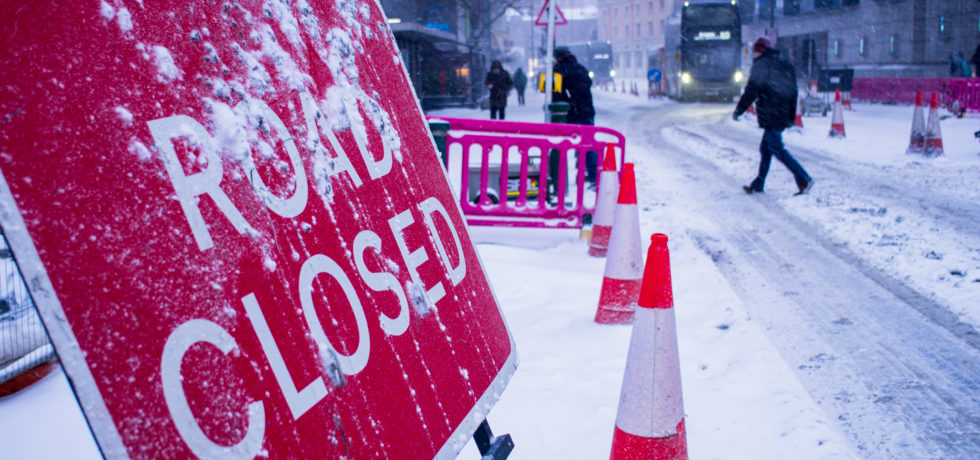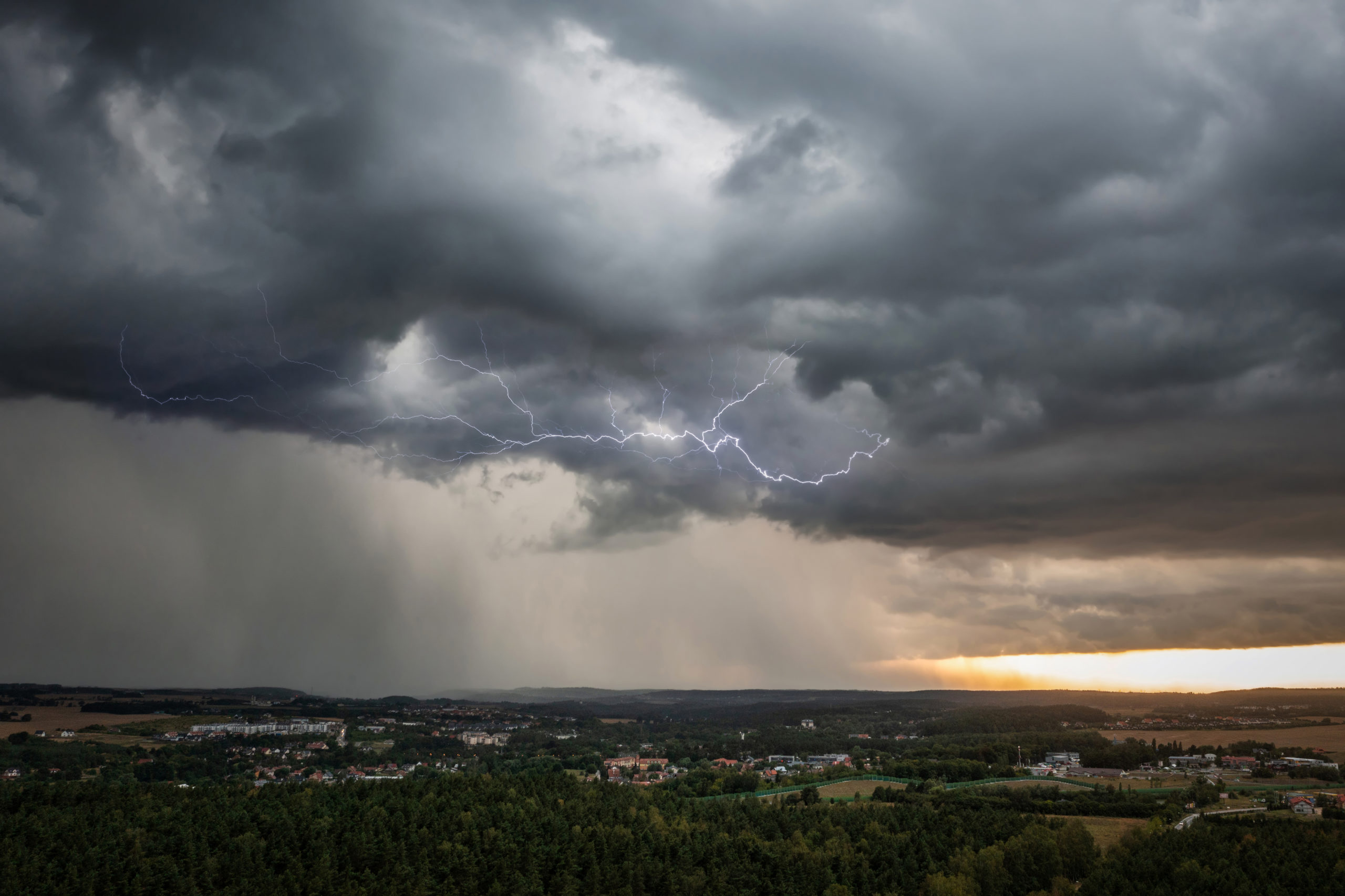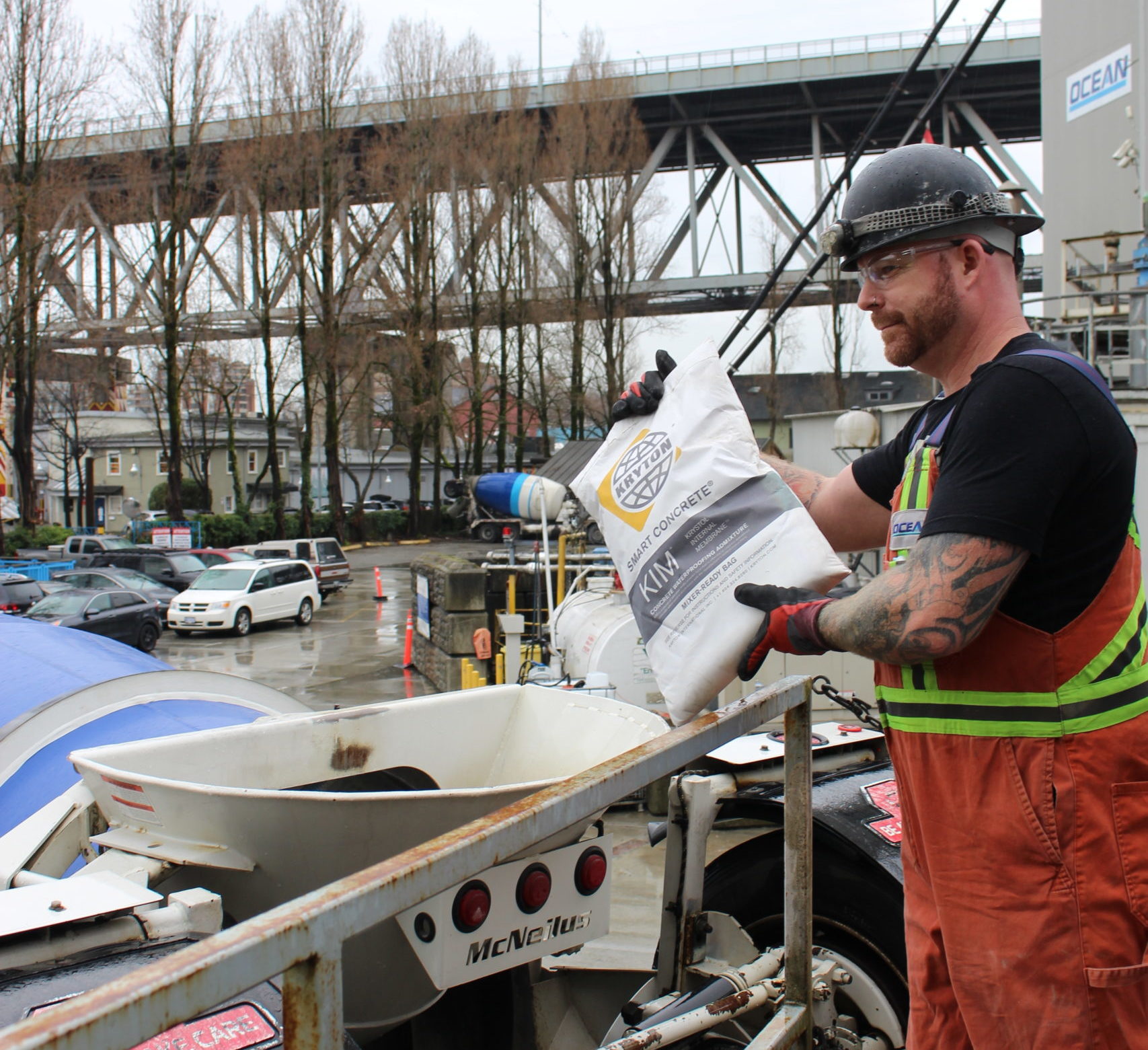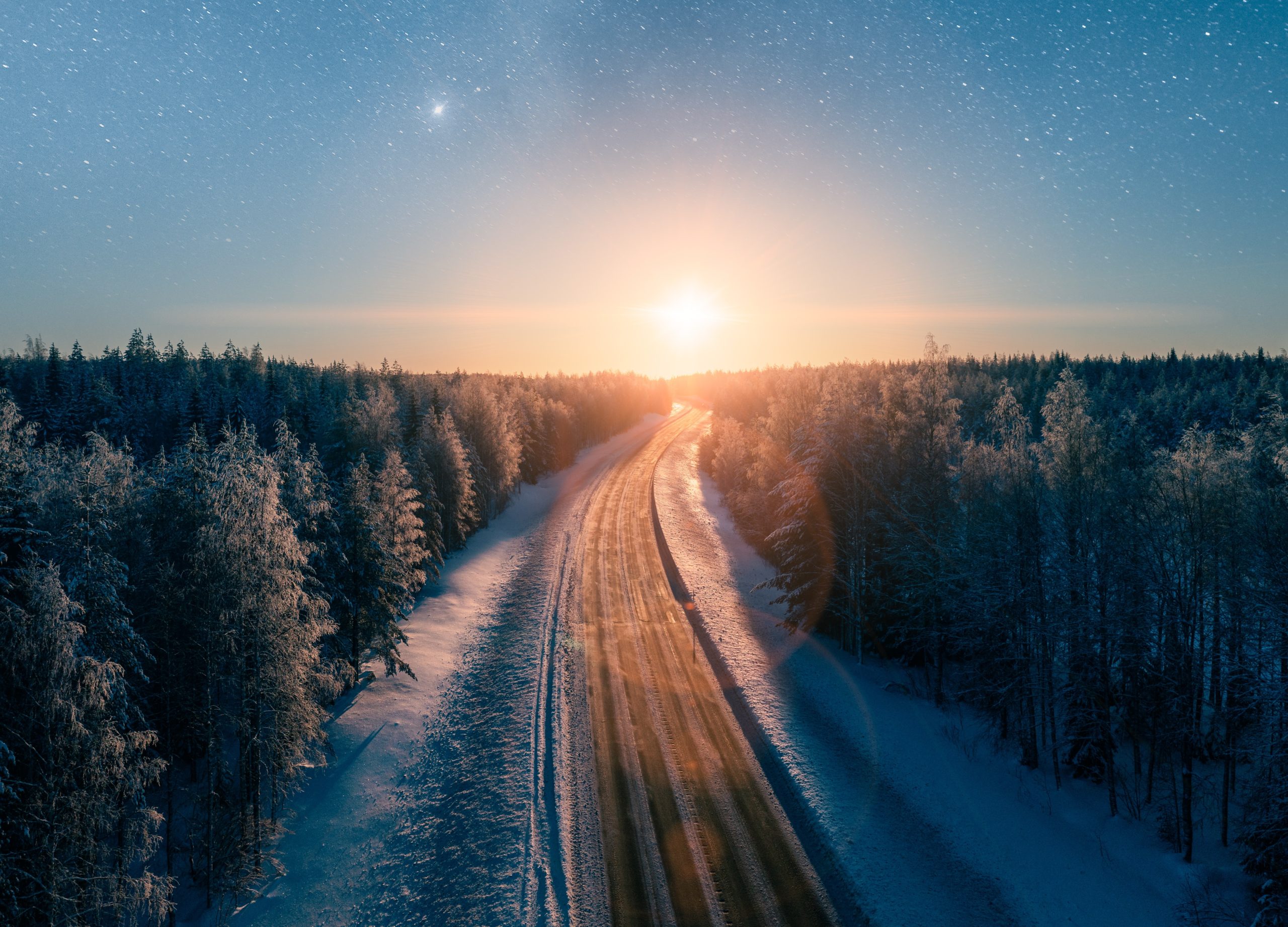Whether you’re driving, biking, or even just walking somewhere, roads shape your experience.
When well-built and properly maintained, they provide an uninterrupted form of travel. That ensures you can get to where you need to go and that businesses and services can do the same, keeping the economy up and booming.
But when roads have poor foundations or maintenance, that’s not the case. Instead, they have less resistance to wear and tear from vehicle traffic, leading to significant surface damage. That slows down the traffic, increasing fuel emissions; creates uneven surfaces, making accidents more likely; and interrupts the transportation process in the supply chain, disrupting the economy.
It all goes to show that reliable road infrastructure is key to a safe and thriving community.
But lately, ensuring that infrastructure remains reliable has become much harder. This is due to a number of factors. But one of the more prominent ones is increasingly unpredictable weather patterns. That’s because infrastructure is designed with typical local weather in mind, which doesn’t account for drastic deviations that are currently happening. As a result, a road’s resiliency now needs to be all-encompassing.
That especially includes making use of freeze-thaw resistance. After all, freeze-thaw damage doesn’t just impact the typical asphalt roads. It can also impact the increasingly popular concrete roads popping up in regions like Spain, Germany, China, and the United States of America (USA). While concrete roads have become more popular due to their higher average service life and better form of durability than asphalt roads, they remain vulnerable to freeze-thaw cycles, which are only becoming a bigger concern that builders need to reckon with as time goes on.
It’s Necessary Due to an Increasingly Volatile Climate
As the impact of climate change continues to progress, temperatures around the world are rising. Because of that, wildfires, droughts, and storms are increasing in number and intensity. At the same time, glaciers and ice sheets are melting at a faster rate than they’re replenishing.
Due to That, Certain Regions Are Becoming More Prone to Freeze-Thaw Cycles
While all this increase in heat and melting does initially sound like it would eventually eliminate the presence of freeze-thaw cycles, it doesn’t. Instead, it raises the possibility for certain regions to experience harsher winter weather alongside hotter falls, springs, and summers, prolonging both the freeze and thaw side of things.
One reason this bizarre balance exists is due to the impact of higher temperatures in the Arctic. According to a study in 2021 backed by the National Science Foundation, H2020 European Research Council, and National Oceanic and Atmospheric Administration Research, these temperatures have been melting ice in the nearby Barents and Kara seas, which has led to increased snowfall in Siberia. That’s gone on to create a transfer of excess energy that affects the stratosphere of the North Pole, allowing significantly colder weather to reach the USA.
Large populations have already seen the impact of this throughout North America and East Asia. For instance, there was the 2021 Texas Freeze in the USA. Residents there experienced snow, sleet, freezing rain, and extremely cold temperatures, which led to power outages, loss of heat, broken pipes, and road closures. Meanwhile, their summer in 2022 had a heat wave with record temperatures and high humidity. Other regions like Northeast Asia and Canada’s province of British Columbia experienced their own respective extreme freeze and heat wave.
These are only just some examples of the ongoing volatile climate changes many are experiencing. As a result, a number of regions are developing weather patterns that make them more prone to freeze-thaw cycles.
With More of These Cycles, Roads Have Been Deteriorating Significantly
Unfortunately, more freeze-thaw cycles means worse-off road infrastructure. That’s because as water slips into the pavement of a road and gets trapped, it will freeze over time and expand, putting pressure on the pavement. In response, the pavement will bend and crack. At the same time, the water can also come into contact with rebar within concrete roads, corroding it and further weakening the overall infrastructure.
By the time the frozen water has melted, there are voids left in the pavement, allowing even more water in for the next freeze-thaw cycle. This creates potholes and makes roads that much worse for wear and use.
This issue has already become a significant problem for multiple areas. These include cities across Canada, such as Winnipeg, Vancouver, and Toronto. Winnipeg especially has seen over 2,000 damage claims for potholes (which is much higher than the city’s 359 yearly average). And in the USA, potholes are also increasing, becoming worse particularly for Midwestern states. Even New Zealand is experiencing more potholes, showing how widespread this phenomenon is.
It’s a troubling sign because as we touched on briefly in the beginning, roads with such surface damage can quickly become a liability. In the USA alone, they cause about $3 billion in vehicular repairs annually. And they increase the risk of fatalities for motorcycle drivers as well as the possibility for permanent nerve damage in cyclists.
That Has Led Some to Turn to Freeze-Thaw Resistance Solutions
To protect concrete roads from becoming an infrastructure liability, builders have started looking at the following freeze-thaw resistance solutions:
- De-icers — These make use of chemicals such as sodium chloride, calcium chloride, magnesium chloride, potassium chloride, urea, and potassium acetate. All of which are capable of reducing the freezing point of any precipitation that comes into contact with them. That in turn reduces the frequency of freeze-thaw cycles. Though, this kind of freeze-thaw resistance can create scaling damage due to the chemicals used, which is why it’s recommended to only use them with concrete that’s low-permeability, high-strength, and air-entrained.
- Air entrainment — This is when microscopic bubbles are intentionally incorporated into concrete during mixing. These help form voids in the concrete that are big enough to allow water to enter and freeze without forcing the concrete to expand. It’s a great way to reduce damage from freeze-thaw cycles as it provides its own protection while also working well with de-icers. However, it can reduce concrete compressive strength.
- A modified concrete design — Outside of air entrainment, there are also other ways of modifying concrete to reduce freeze-thaw damage. These include the typical low-permeability and high-strength designs. And they can also involve the use of smaller aggregate, which is less likely to have internal voids than larger aggregate.
All of these are commonly accepted methods for countering freeze-thaw damage. But they don’t get at the heart of the problem.
A More Effective Solution Is to Just Eliminate the Presence of Water
After all, the main culprit for producing freeze-thaw cycles is water. So it makes sense to keep as much of it out of the concrete as possible. It’s why concrete with low permeability has a higher freeze-thaw resistance.
But what’s the best way to go about doing this?
Initially, it might seem like going with modifying your concrete design is the best option. And this does lower your concrete’s permeability. But it doesn’t eliminate the chances of water getting in. It just reduces it.
So an even better option is to go for a permeability-reducing admixture like Krystol Internal Membrane™ (KIM®). That ensures your concrete can just block out water from the start.
For instance, if you use KIM, you’ll benefit from its Krystol® technology, which enables concrete to chemically react to the presence of water and unhydrated cement particles. This reaction consumes the water in the process, creating solid interlocking crystals, which fill up any capillary pores and micro-cracks in the concrete. As a result, nearby water is removed from the area and any pathways water might take to get into the concrete are filled up with crystals, making water no longer an issue.
It’s designed to be a permanent feature so your concrete remains watertight for the rest of its life span. And with no water getting in through the concrete pavement, there’s very little concern for rebar corrosion or freeze-thaw damage.
Better Protection Like That Will Lead to Longer Lasting Roads
As many are seeing around the world, climate change has increased the likelihood of freeze-thaw cycles. That is already impacting road infrastructure, making transportation less sustainable and safe for hundreds of communities. It’s why freeze-thaw resistance solutions are more necessary than ever. With them, roads will have the proper protection against volatile climates they need to avoid becoming traveling safety hazards.








